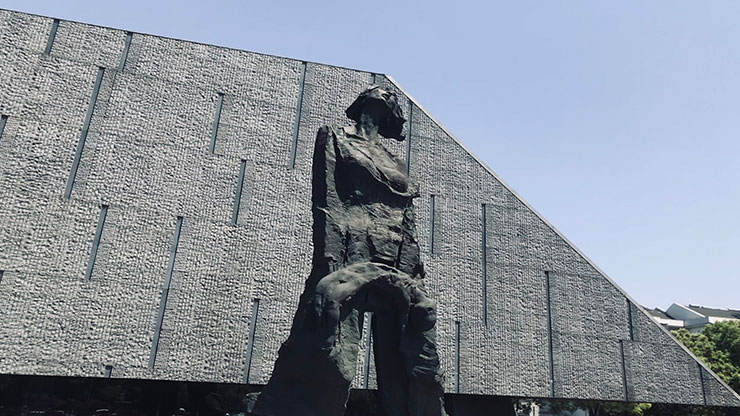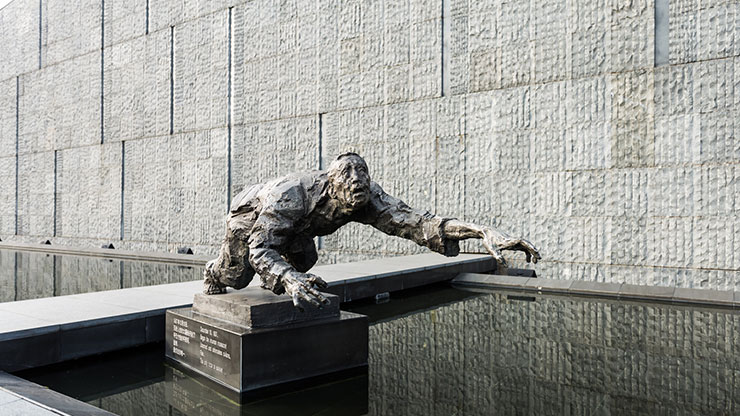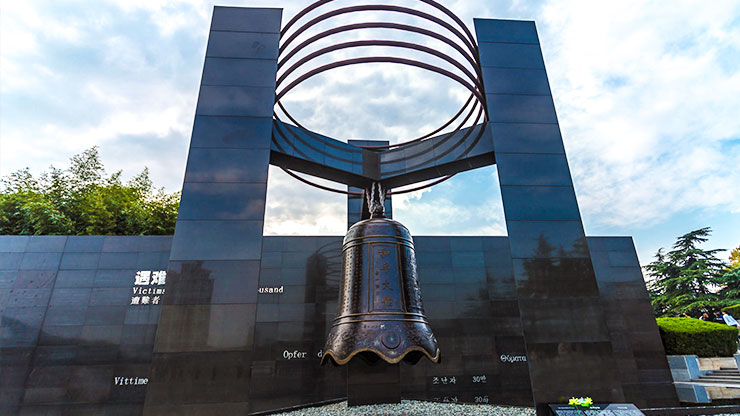- Address: 418 Shuiximen Street, Jianye District, Nanjing
- Address in Chinese: 南京市建邺区水西门大街418号
- Hours: 8:30 a.m.-4:30 p.m. Advance booking is required online
- Admissions: free
- Website: http://www.19371213.com.cn/
On December 13, 1937, the invading Japanese troops captured Nanjing, the capital of the Republic of China, and brutally murdered more than 300,000 people. To memorize the event, the Memorial Hall of the Victims in Nanjing Massacre by Japanese Invaders is a thematic memorial hall built on the site of Jiangdong Gate mass murder in the Nanjing Massacre, which was officially opened to the public on August 15, 1985.
Altogether there are three basic thematic exhibitions, namely the historical records of Nanjing Massacre, the theme exhibition of "three victories", and the "sex slaves in World War II -- the 'Comfort Women' system in Japanese army and their crimes". The Memorial Hall presents the history about the Nanjing Massacre, the "Comfort Women" system set by Japanese army, and the great victory of the Chinese people's resistance against Japanese aggression. A total of 4000 or so photographs, 9,992 pieces of various records and artifacts, along with 262 video materials are on display. In the Memorial Hall there are three sites of "mass graves" in the Nanjing Massacre, which respectively displays the remains of victims found in 1984, 1998-1999 and 2006. Besides, more than 6,000 artifacts and records of several major categories are kept in the Memorial Hall, among which the silent film directed by American pastor John Magee during the Nanjing Massacre is displayed, along with the recording data has been included in the Memory of the World Register by UNESCO.


